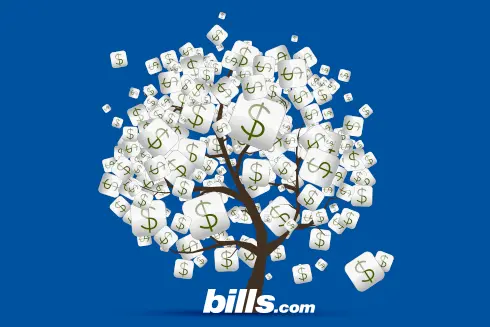Available Credit Limit & Credit Score
When they say "available credit" on your credit report, do they mean the TOTAL (for all credit cards) or for just one account?
When they say "available credit" on your credit score, do they mean that having TOTAL (from all credit cards) of available credit or just available credit on 1 credit card. For example, they say that how much available credit you have is based on how much credit you have left. If i have a card with $4,500 limit and i have $4,000 on it and i have three other cards that have $3,000-3,500 limits but no balance on those, does that balance out, or does that one $4,500 limit credit card make my credit score bad even though in total I have over $8,000 available credit.
The single greatest factor keeping your credit score low is your amounts owed. The amounts you owe especially on unsecured debts such as revolving credit cards is probably the biggest thing affecting your credit score negatively. The amount you owe in relation to your total available credit is converted to a percentage.
For instance if you have five credit cards total and each one has a credit limit of $10,000, your total available credit on all cards is $50,000. Now let us say you owe a total of $40,000 on all of them together your credit utilization is 80%. Generally, the further you get above 60% debt to credit ratio the more points you lose off your score.
Many experts believe a 20-30% credit utilization is best, but there is controversy on this point. Even Fair Isaac & Co., the creator of the FICO credit score, is inconsistent in its public statements regarding at what point credit utilization passes from good to bad to severe score damage. Experience tells me that at 100% a score suffers seriously. If you pay down your amounts owed to bring your credit utilization factor down to 50% it will probably raise your credit score 50+ points. And if however you are in a position to pay down all your amounts owed to a 0% factor your credit score will go up about 100 points or more!
Two factors are taken into consideration when calculating credit utilization. The first is overall utilization. This is calculated by adding together the balances of all of the revolving accounts, then adding together all of the credit limits, and finally dividing the balance by the limit.
Let us look at a simple overall utilization example using sample data:
| Tradeline | Balance | Limit | Utilization |
|---|---|---|---|
| Credit Card No. 1 | $300 | $500 | 60% |
| Credit Card No. 2 | $100 | $300 | 30% |
| Credit Card No. 3 | $500 | $1,000 | 50% |
| Total Utilization | $900 | $1,800 | 50% |
In the credit score business, a credit account such as a charge card or auto loan is called a tradeline. In the example above, the owner of these three accounts has a 50% overall credit utilization, which is neither in the good territory nor the bad. The credit scoring models do not stop just at overall credit utilization.
Individual credit account utilization is also taken into account when calculating credit utilization. In the example above, the individual account utilizations vary from 30% to 60%. The 60% utilization is likely harming the this credit score because even if overall credit utilization is under 30%, an account above 30% will drag down a score.
Payment history is the No. 1 component in a credit score, and accounts for 35% of a score. Credit utilization is the No. 2 variable and makes up 30% of a credit score.
Therefore, if you pay all of your tradelines 100% of the time, keeping your credit utilization down is the top variable in your credit score. It is also the hardest thing to keep in check for many of us. We are bombarded with messages that happiness and satisfaction is a simple card-swipe away. We buy things we know we don't need and can't afford on credit thinking all we have to do is make the minimum payment next month.
For more information on credit scores please visit our credit resources page.
I hope the information provided helps you Find. Learn. Save.
Best,
Bill
